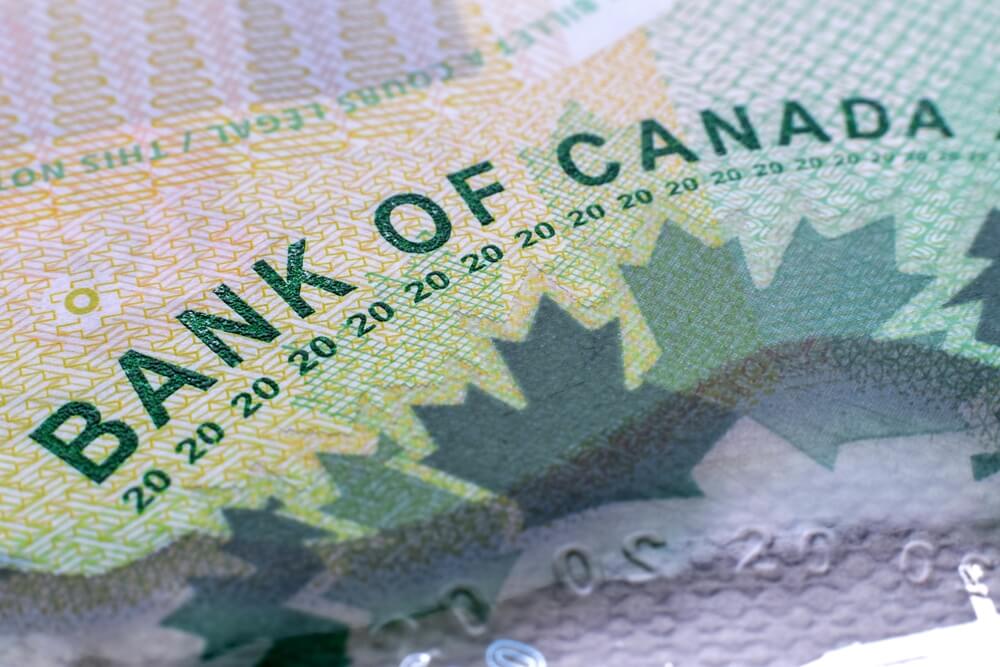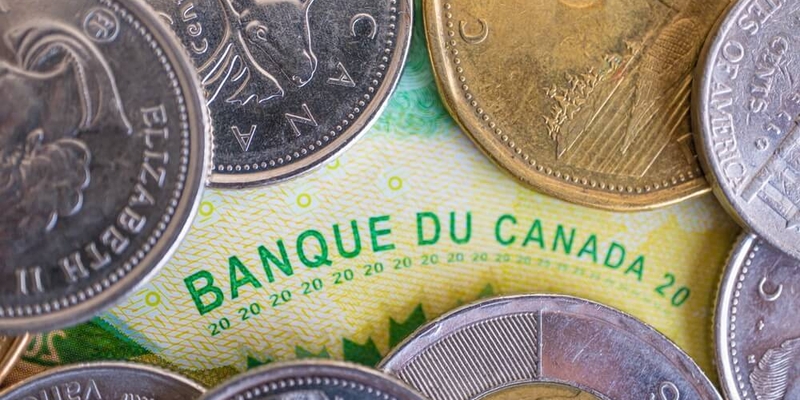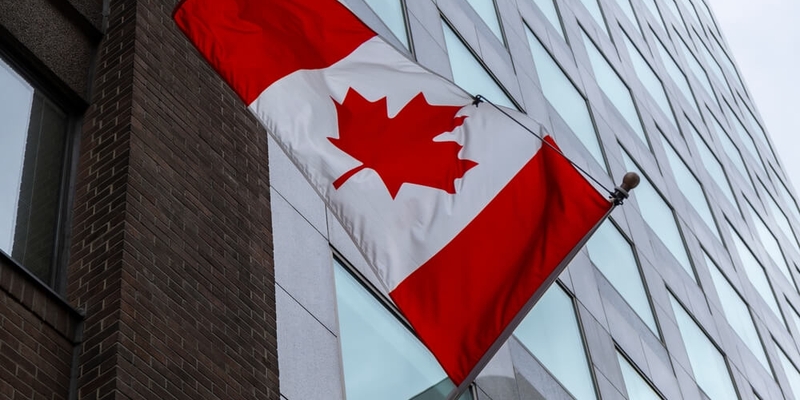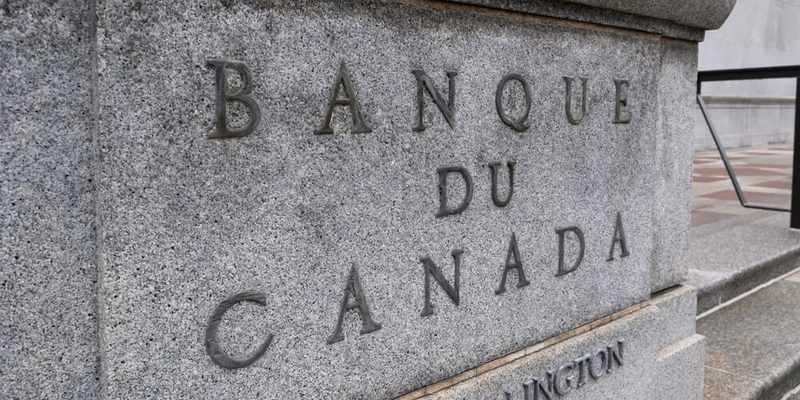
If you are not redirected within 30 seconds, please click here to continue.
Samedi: 10h – 16h HAE

If you are not redirected within 30 seconds, please click here to continue.
If you are not redirected within 30 seconds, please click here to continue.
Bank of Canada Announcement: Will Rates Rise This Year?
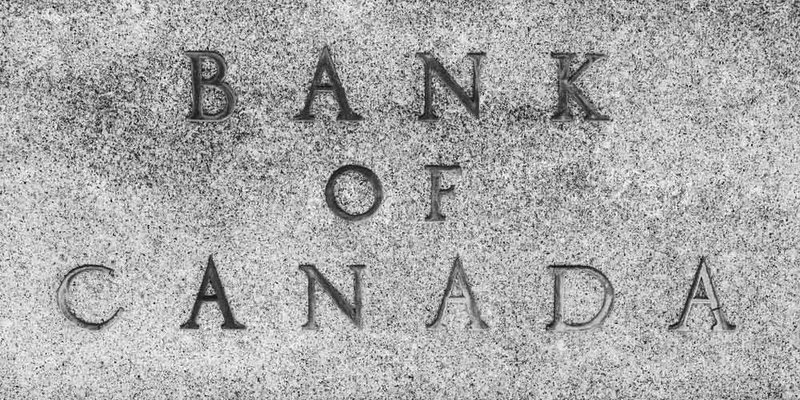
Table of Contents
The high-finance world of oil price hedging and currency speculation may seem foreign and remote to most of us who don’t work in that world, but the decisions made have an impact on us all, mostly notably on the rate we end up paying for our mortgages and other loans.
The depressed price of oil, and the resulting inflation lag, are the main drivers behind the Bank of Canada's (BoC) current monetary policy. In its May 27 rate announcement, the BoC maintained their trend setting Overnight Lending Rate at 3/4 per cent as economic growth remains below planned benchmarks.
This figure is what the other financial institutions use to determine their lending rates for clients.
"Total CPI inflation is near the bottom of the Bank's one to three per cent inflation control range, largely due to the transitory effects of sharply lower energy prices." the Bank stated in their announcement. "Core inflation remains above two per cent, boosted by the pass-through effects of past depreciation of the Canadian dollar, as well as certain sector-specific factors. Seeing through the various temporary factors, the Bank estimates that the underlying trend of inflation is 1.6 to 1.8 per cent, consistent with persistent slack in the economy."
And, of course, it was the dramatic slide in oil prices that prompted the BoC to cut their Overnight Lending Rate in their January announcement -- a move that surprised economists and banks alike. The current stance among economists is that the BoC won't be in a position to move on rates for the remainder of the year, but that a rate rise could be a 2016 possibility should economic progress keep up.
However, there is one naysayer: David Wolf of Fidelity Investments has suggested that the rate could in fact drop to zero, before it starts to go up.
The wolf of Bay Street
Speaking at a Bloomberg-sponsored conference in Toronto at the beginning of May, Wolf said that rebounding oil prices and a resurgent Canada dollar are hampering the country’s economic recovery, which is tied to exports.
“I wouldn’t be surprised if rates here end up where they are everywhere else in the developed world, which is basically at zero,” said Wolf.
Wolf, who co-manages $25-billion held in five different Fidelity funds, may have a bit of an insiders’ advantage as he was most-recently an in-house advisor to former BOC Governor Mark Carney.
The upside for homeowners (and other borrowers) is that if the BoC lowers the overnight lending rate, the banks usually – though not always – lower their own rates, meaning cheaper loans. The downside is that if lower rates do drive down the dollar – which helps boost exports – out-of-country holidays and online purchases from U.S.-based retailers will cost more.
Is less than zero a possibility?
The reality is that zero isn’t actually as low as they can go.
Last September, the European Central Bank lowered its rate to minus 0.2%. The goal was to push member banks to extend more loans to clients, rather than parking cash reserves in the central depository. Sweden, Denmark, and Switzerland also have also introduced negative rates.
Some U.S. banks, such as JPMorgan Chase have also introduced negative-interest rates on certain accounts by charging other financial institutions what they call a “balance sheet utilization fee” of 1% on what they consider to be excessive balances.
In a March 5, 2015 blog post, Nick Bunker, a policy analyst with the Washington Center for Equitable Growth, wrote that regular customers could one day see fees that amount to about negative three-percent interest on chequing accounts as banks try to force clients to park their money in other more profitable (for the banks) financial vehicles.
The next Bank of Canada interest rate announcement and release of its Monetary Policy Report will be on July 15, 2015.
Get money-saving tips in your inbox.
Stay on top of personal finance tips from our money experts!



